A new look at Bührle art collection’s shadowy past
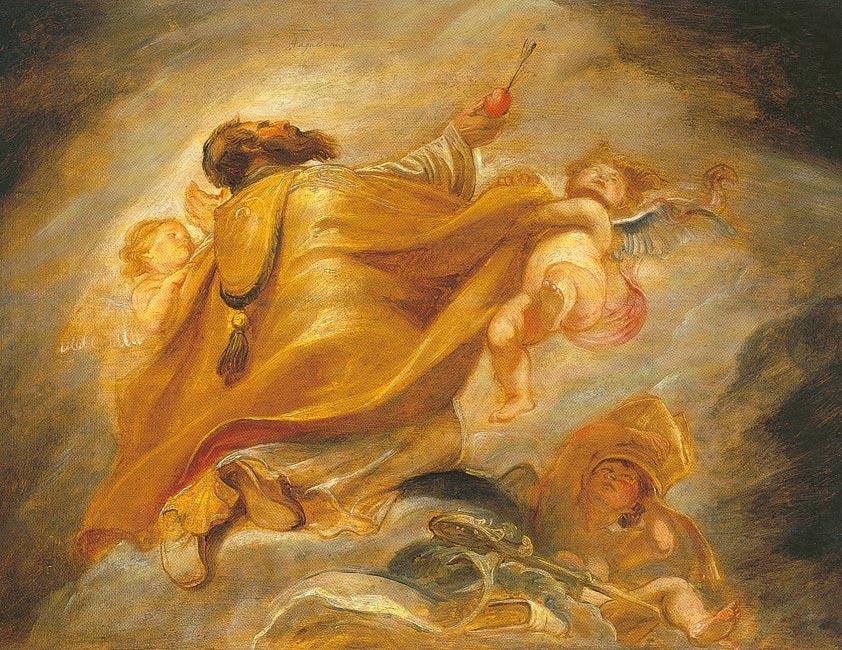
Is the Bührle art collection in Zurich, one of Europe’s most highly regarded private repositories, doing enough to locate the owners of works of art that the Nazis may have stolen?
A new book has rekindled the controversy, while the Zurich Museum of Fine Arts, or KunsthausExternal link, is preparing to display a large number of the collection’s paintings.
Meanwhile, the Swiss government wants to boost efforts by museums to research the ownership history of the works they house.
The very title of the new book is slightly sulphurous. “The Bührle Black Book” (in German), co-authored by Thomas Buomberger, historian and journalist, and the art historian Guido Magnaguagno, aims to reopen the debate on the art collection of German-born industrialist Emil Bührle (1890-1956), who made a fortune selling arms to Nazis and the Allies during the Second World War.
The timing of the publication is significant. Subtitled “Art stolen for the Zurich Kunsthaus?”, the book has appeared just as the art museum is starting construction of a new wingExternal link.
Much of the Bührle collection – which includes paintings by Monet, Cézanne and Van Gogh among its 190 masterpieces – will be housed in the extension, which should be completed by 2020.
The conditions under which Bührle (pictured opposite) purchased the works are already widely known, thanks in particular to the Bergier CommissionExternal link, whose research into Switzerland’s relations with the Nazi regime was published between 1998 and 2002.
‘Gurlitt effect’
So why has this book appeared now?
In the view of Tim Guldimann, a former Swiss ambassador to Berlin who took part in a public debate on the work, the renewed interest is mainly due to the so-called Gurlitt affair.
Cornelius Gurlitt was a German art dealer who bequeathed his estate, including some possibly looted works, to the Bern Museum of Fine Arts.
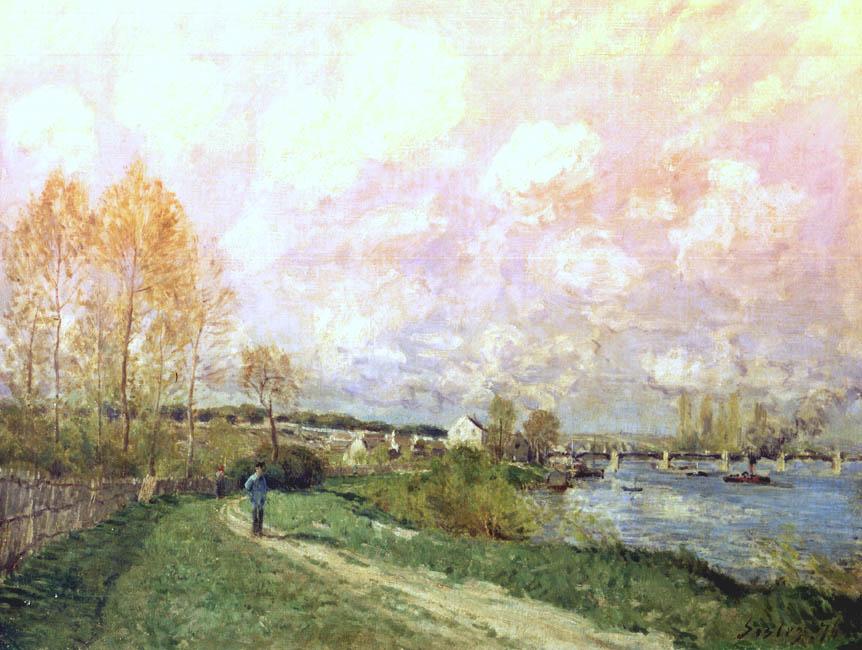
More
The Bührle collection, one of the most beautiful in the world
The book’s authors, meanwhile, say they felt it was important to draw attention to the fact that an institution that receives public subsidies, the Kunsthaus, was preparing to host works of possibly unsure origin.
According to them, not enough research has been done into the provenance of all the paintings. Nineteen cases are detailed in the “Black Book”.
The foundation reacts
In a position paper issued following the book’s publication, the Bührle Collection Foundation reiterated that provenance of 15 of the works is certain.
“The authors (of the book) are willfully turning a blind eye to the fact that gaps concerning changes of ownership that occurred 70 years ago do not automatically and necessarily mean that they were the result of unlawful expropriation,” it said.
The Zurich Kunsthaus vehemently disputes the book’s allegations. “At no point in the past two years did the authors consult the archives of the Bührle Collection Foundation or those of the Kunsthaus, which are public,” says the art museum’s spokesman, Björn Quellenberg.
Expanding the concept of stolen art
“The facts already known about the provenance of the works were presented during the Bührle Collection exhibition in 2010. They can also be found on the collection’s website,” adds the spokesman.
Another part of the collection, never shown to the public, is currently being digitised, a process expected to be completed by 2020.
The authors of the “Black Book” call for a broader debate on plundered art. In their view, Switzerland should recognise the category of works “whose loss was a consequence of persecution by the national-socialist regime.”
This includes intentional sales made under duress by owners of artworks who were facing persecution and possibly fleeing for their lives.
“The fact that these changes of ownership are considered legal is totally foreign to reality,” says Thomas Buomberger.
He believes that Switzerland should follow the example of Germany, which “allocates considerable resources to provenance research, as, in many cases, the heirs have not yet requested restitution.”
Recognised only in Germany
The international community does not yet recognise this category of looted art. A study commissioned by the Swiss Federal Office of Culture found that Germany is the only country that has included this concept in its legal standards.
“The particular history of Germany, where the property of Jewish families was systematically looted and many works were placed in public museums, gives it a special responsibility,” said Benno Widmer, head of a Swiss office on looted art.
The Swiss cabient has nonetheless said it is “open” to recognising this kind of work, but only if the situation changes within the international community.
New federal aid
The Swiss Confederation hopes to boost research into provenance of artworks by museums. A report published in 2010 showed many gaps remained in the efforts of 551 institutions between 2008 and 2010.
The government considers it “very important that such research is conducted and published and that fair and equitable solutions are found quickly for the looted works,” Widmer said.
Yet many museums complain that that they do not have the necessary resources to carry out long and difficult research into the ownership history of the works in their collections.
From next year, however, they will no longer have grounds to complain about lack of support from the Confederation. Last May, the Federal Council announced plans to provide financial support for such research projects.
“We are currently preparing the support concept, which should be ready by the end of the year,” Widmer said. The exact amount of the support has not yet been established.
CIA documents
The Zurich Kunsthaus welcomes the new measure and emphasizes that the work carried out by the Bührle Collection is already “in all respects exemplary.”
Some restitution claims were withdrawn following the publication of CIA archives showing the works in question had not been “contaminated” by unlawful purchases linked to Nazism.
In September 2014, Widmer said, the Jewish Claims ConferenceExternal link gave high marks to Switzerland for its “substantial” progress in this area.
A chapter called “The Bührle Paradox,” written by Hans Ulrich Jost, historian and professor emeritus of the University of Lausanne, describes Bührle as a non-ideological student of art history, literature and philosophy before the First World War.
His machine tool company owed its flourishing trade with Germany during the war in large part to the Swiss government, which “decided to offer economic and financial services to the Nazi regime so that the country would be left alone”, according to Jost.
“But once the Nazi defeat was imminent, the Swiss authorities dropped Bührle, who was a perfect scapegoat,” Jost added, though Bührle got “around ten times richer during the Second World War” than his direct Swiss competitors.
Translated from French by Julia Bassam

In compliance with the JTI standards
More: SWI swissinfo.ch certified by the Journalism Trust Initiative








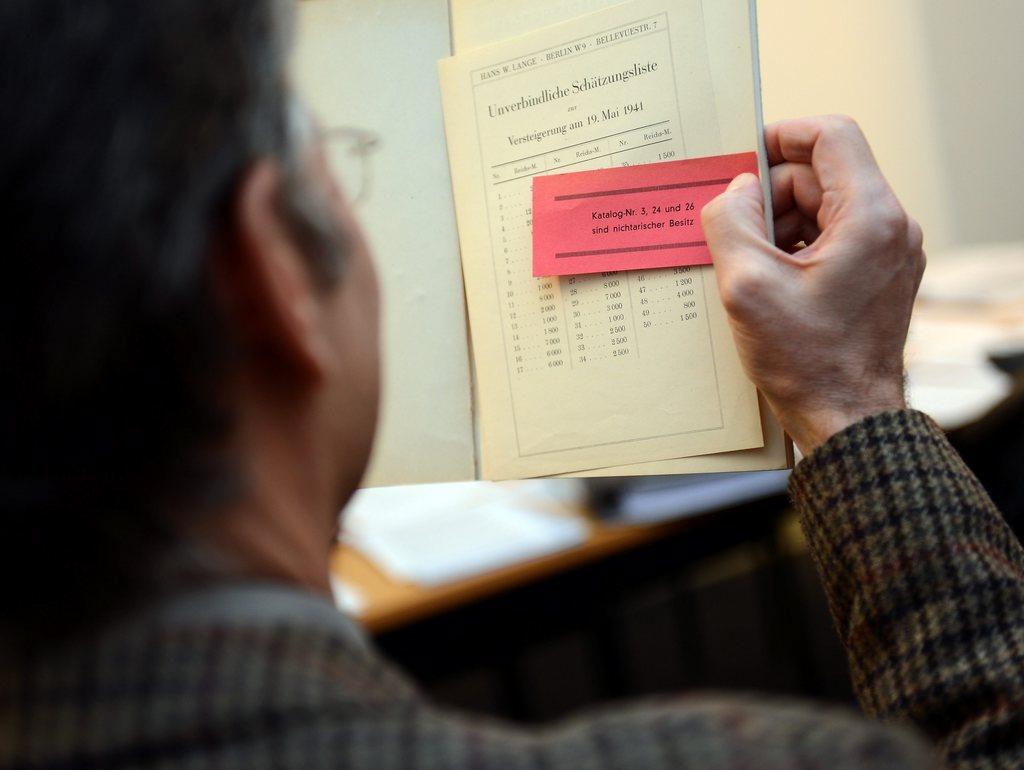
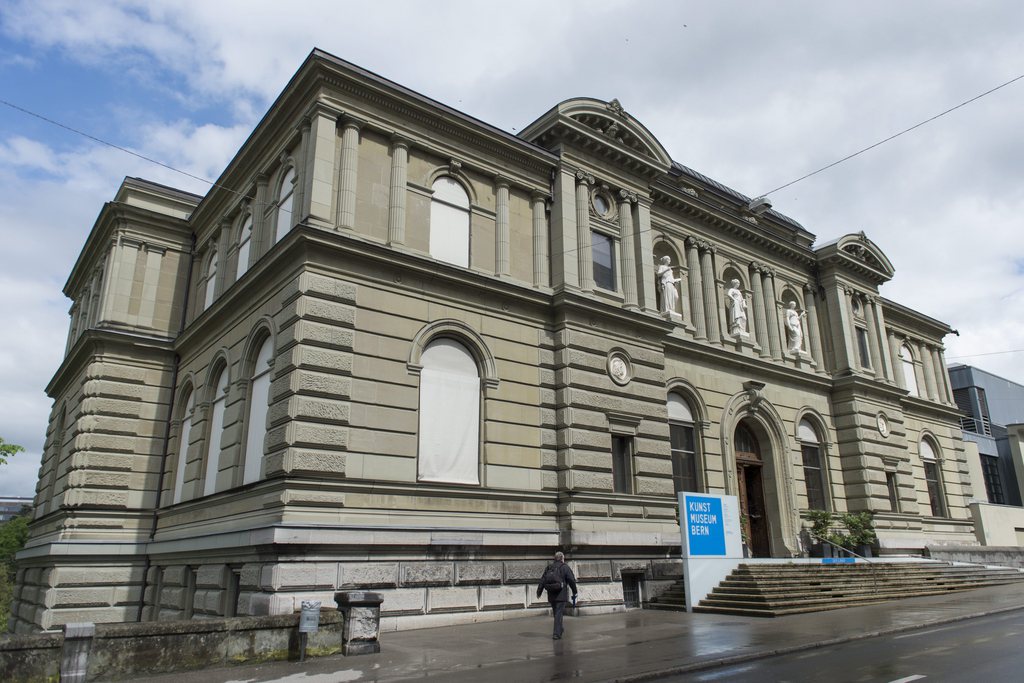
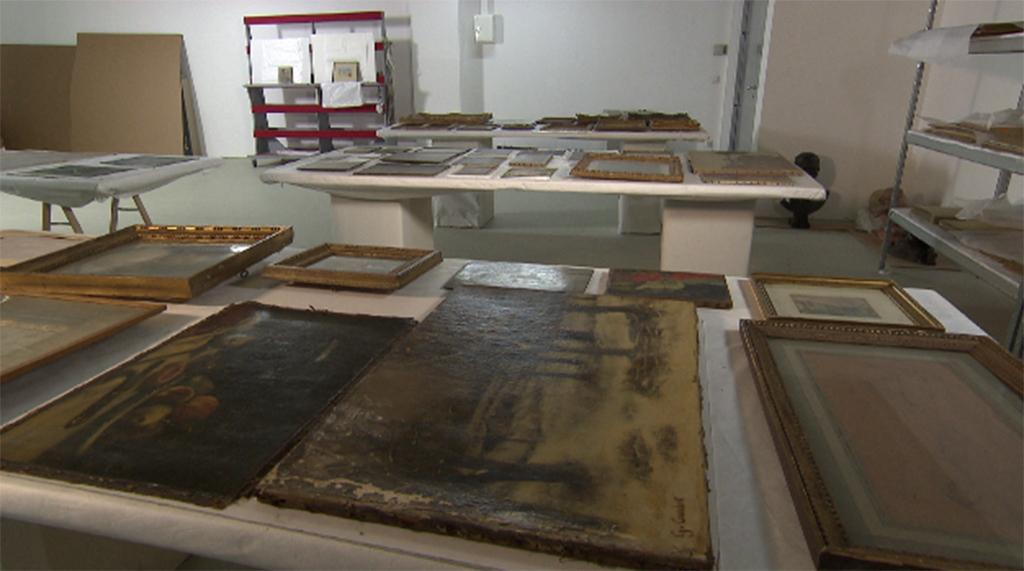

You can find an overview of ongoing debates with our journalists here . Please join us!
If you want to start a conversation about a topic raised in this article or want to report factual errors, email us at english@swissinfo.ch.